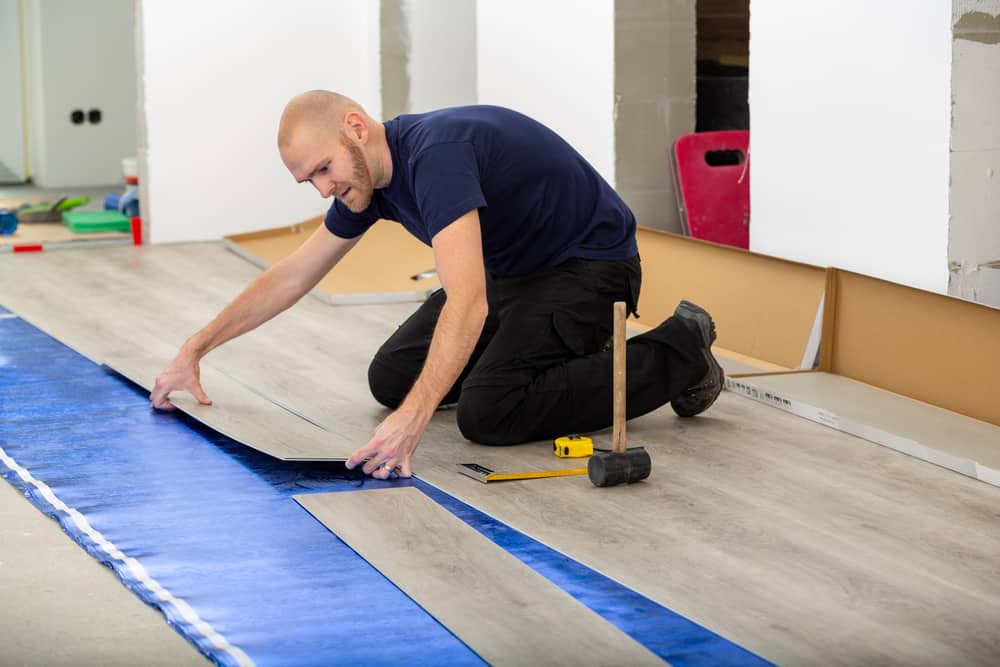If you’re a beginner to know the best underlayment for vinyl plank flooring, you’ve probably spent a lot of time experimenting with vinyl, laminate, or a completely different type of wood floor. So you probably already know all this.
However, in order to choose the most effective flooring material, it’s important to consider a number of factors. The most important points to consider are
- The type of vinyl flooring you are purchasing (sheet and board, multi-core, etc.)
- The type of installation method used (floating, adhesive, etc.)
- The floor material (wood, concrete, etc.)
- The technical characteristics of the products you have available.
- the customer’s needs.
When paying attention to all of these things, one factor must first be clarified. Vinyl flooring does not necessarily need a subfloor. In fact, some flooring warranties can be voided if combined with a bad subfloor.
So: always check with the flooring manufacturer or installer first.
What is an underlayment for vinyl flooring?
I believe that if you are a dignified person, you should have dignity as a person. If you are looking for a wide range of vinyl flooring. Here you will find a selection of the most common consumables.

Foam
Foam is without a doubt one of the best underlayments. If the subfloor is a plywood product, foam is usually a good choice. However, first make sure there are no wet areas. Foam and water are not the best combination.
Felt
Felt is an excellent substrate for sound problems. Because it is denser than polystyrene, it muffles sound very effectively. It also has fairly strong insulating properties. However, on the other hand, it is quite thin and therefore generally not conducive to comfort.
Cork
Cork is another material that absorbs sound. It is a good choice when there is little moisture, but not when there is a lot of water. Does moisture cause mold? Cork is the best material to avoid mold.
Plywood
Plywood matting has much in common with particleboard, except that it is stronger and has more contact with water. However, it may not be able to support the weight of multiple points if the weight is not evenly distributed.